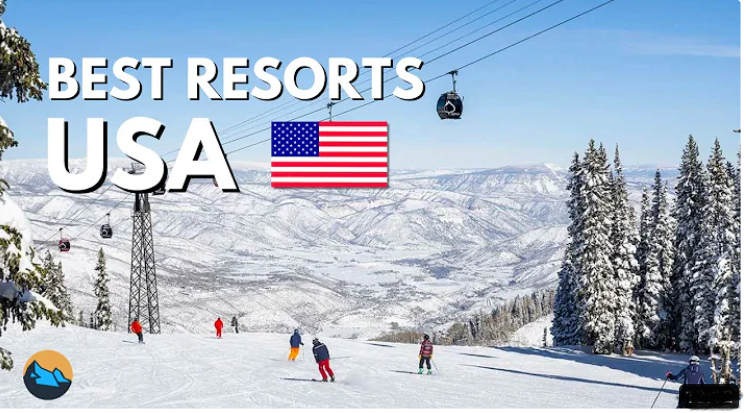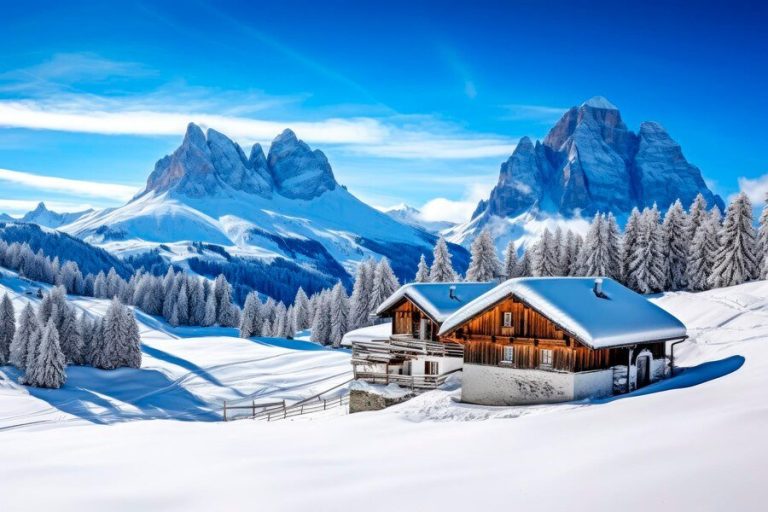The Skiing Safety Tips for Beginners Staying Safe on the Slopes From our patrollers
Embarking on a skiing adventure can be an exciting journey into the winter wonderland. Still, safety should always be a top priority, especially skiing safety tips for beginners new to the slopes. In this guide, created by our experienced ski patrollers, we’ll explore essential tips and techniques designed specifically for beginner skiers. From choosing the right gear to mastering basic skiing skills, our guides offer invaluable insights to help you navigate the mountains safely and confidently. Join us as we enter the world of skiing safety, expertly guided by our dedicated patrollers.

Essential Equipment for Beginner Skiers
Consider carrying safety equipment such as a helmet, ski boots, skis and bindings, poles, ski clothing, goggles or sunglasses, gloves, ski socks, a whistle, a small flashlight, and a trail map in an emergency. A smartphone with GPS and a fully charged battery can also be helpful for navigation and communication. As you get ready to hit the slopes, please check your skis or snowboard and be sure your equipment functions properly. By making sure you have the essential gear listed above, you’ll be well prepared to hit the slopes as a beginner skier, prioritizing safety and comfort.
Learn Basic Skiing Safety Skills for Beginners
Learning the basic skills of skiing safety tips for beginners is an exciting journey that opens up a whole new world of winter sports fun. But with so much to offer, making safety a priority is paramount. Although January is officially considered Safety Month in the ski industry, we know that safety is not limited to one month, and we want to use this time as a reminder to reinforce it in every way possible. That people should be safe on the mountain.
Take a Lesson
Enroll in a beginner skiing lesson with a certified instructor. They will teach you the basics and make sure you develop good habits from the start. Group lessons are a good option for beginners as they provide a supportive environment and the opportunity to learn from others.
Practice Balancing
Before hitting the slopes, practice balancing on your skis on flat ground. Shift your weight from one ski to another to see how it affects your balance.
Learn to Glide
Practice sliding on gentle slopes without using your poles. Keep your skis parallel and focus on maintaining a smooth, controlled glide. Practice Balancing Before hitting the slopes, practice balancing on your skis on flat ground. Shift your weight from one ski to another to see how it affects your balance.
Stay Safe
Always obey ski resort rules and follow posted signs or warnings. Start on beginner slopes and gradually progress to more challenging terrain as your skills improve. Be aware of your surroundings and watch for other skiers and obstacles.
Know The Rules Of The Slopes
Always stay in control and be able to stop or avoid other people or objects. People ahead of you have the right of way (it is your responsibility to avoid them; you must not stop where you obstruct a trail or cannot be seen from above, whenever starting downhill or Merging into a trail, look up and yield to others; always use equipment to help stop runaway equipment; observe all posted signs and warnings (stay off closed trails and stay out of confined spaces); and, finally, before using any lift, you must have the knowledge and ability to load, ride and unload safely.
Avoid Stopping in Blind Spots
If you need to stop, go to the side of the trail where you are visible to others and don’t get in the way. Do not stop in tight areas, around bends, or on landing areas of jumps or features.
Protect Yourself from UV Rays
Protecting yourself from UV rays while skiing or snowboarding is vital to your health and comfort, especially at high altitudes where UV exposure is high. Apply a broad-spectrum sunscreen with an SPF of 30 or higher to all exposed skin, including your face, neck, and ears. Wear ski goggles or sunglasses with 100% UV protection to protect your eyes from harmful UV rays and shine through the snow.
Wear protective clothing that covers your skin, such as long sleeves, pants, and a wide-brimmed hat or beanie. Before heading outside, check your location’s UV index to gauge the intensity of UV rays and adjust your sun protection measures accordingly. By taking these precautions, you can enjoy your time outdoors while reducing your risk of sunburn, skin damage, and other UV-related health problems.
Skiing Safety Tips for Beginners Handling Falls on the Ski Slopes

Handling falls on the ski slopes is an essential part of learning and mastering the sport. Knowing how to fall safely can help prevent injuries and keep you skiing with confidence. Ski cross or place a snowboard over the casualty. Note the type of possible injury and the location of the incident (search for seminar).
Call 970-925-1220 and ask for a patrol to be dispatched to the mountain you are on. Our patrollers are highly trained – most have at least EMT certification – and some are paramedics, so you can be sure that post-accident care on the hill is very professional. Do not let an injured person off a ski or ride.
Fundamental Skiing Safety Skills for Beginners
For beginners, mastering basic skiing skills is essential to building a solid foundation and enjoying the sport safely. Here are some key skills that every beginner skier should focus on:
Balancing and Stance
Gliding and Sliding
Turning Techniques
Stopping Techniques
Pole Usage
Terrain Awareness
Chairlift and Surface Lift Skills
Safety and Etiquette
By focusing on these basic skiing skills and practicing them regularly, beginners can progress quickly and confidently on the slopes. Remember to be patient with yourself, seek instruction from qualified instructors when needed, and most importantly, have fun!
Prepare for Changing Conditions on the Slopes
Being prepared for changing conditions on the slopes is essential to staying safe and comfortable during your skiing or snowboarding adventure. Here are some tips to help you adapt to different weather and terrain conditions:
Check the Weather Forecast
Stay Informed
Adjust Equipment
Stay Hydrated and Nourished
Be Flexible with Terrain Choices
Adjust Technique
Stay Visible and Aware
Travel with a Buddy
Take Breaks as Needed
Know Your Limits
Patrols keep areas closed until they are safe for everyone: Early season presents hidden obstacles and holes in the terrain. Some dangers are not marked; There are potential threats of large blizzards and/or wind-blown avalanches.
By being prepared and adaptable, you can enjoy a safe and rewarding experience on the slopes, regardless of changing conditions.





